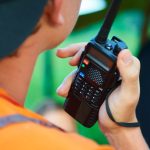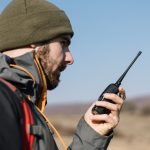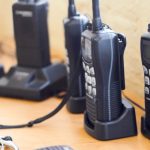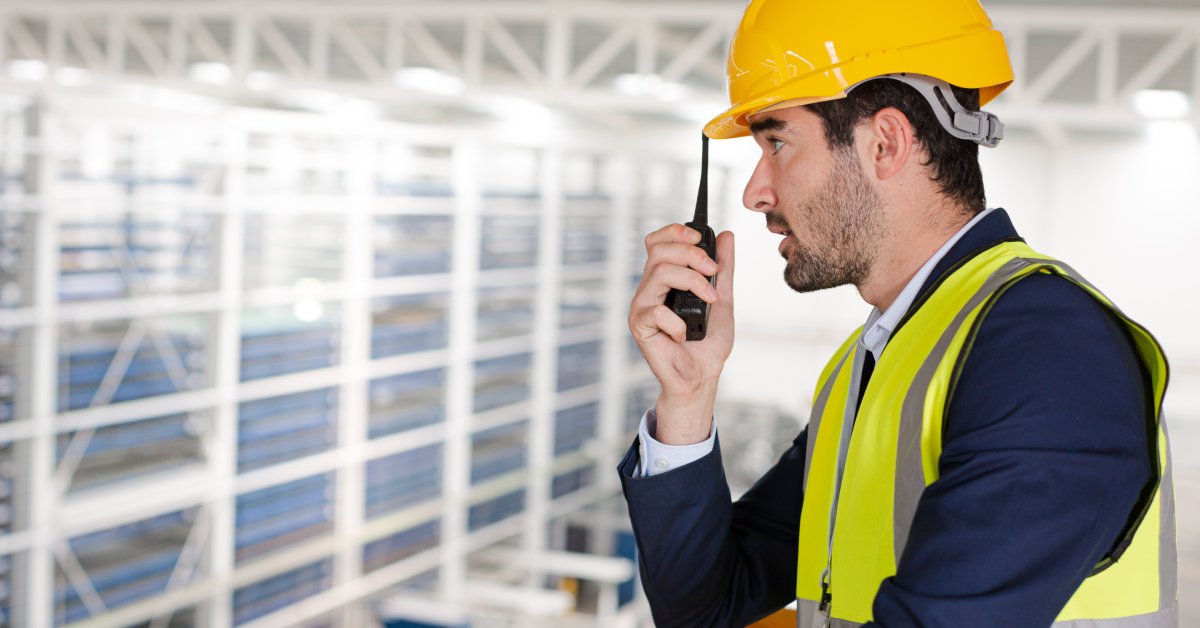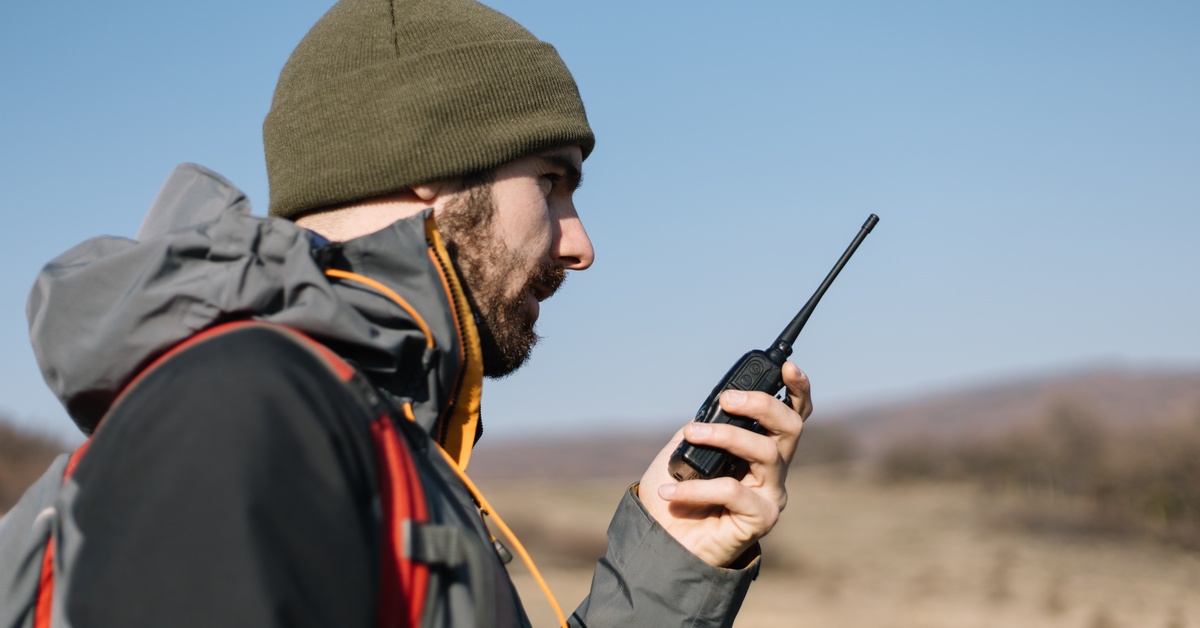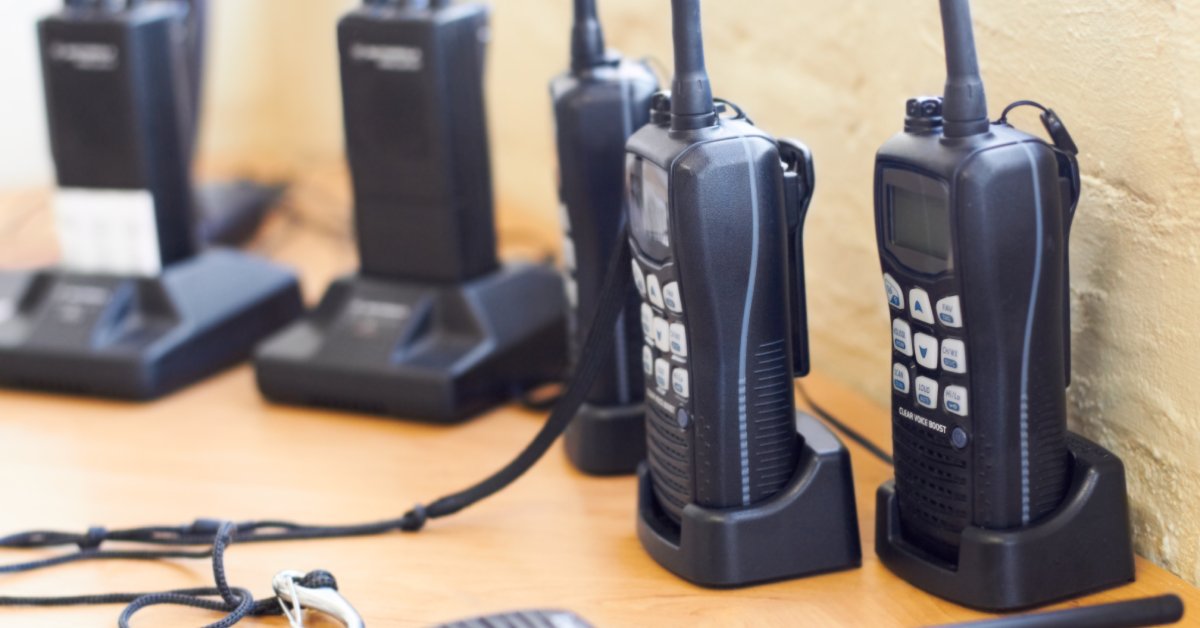Two-way radios are essential tools for communication across various professions, from emergency services to event management. For those who work on the go, keeping these devices charged throughout the day is critical. Charging your two-way radios in a vehicle provides unmatched convenience but requires proper planning to ensure reliability, safety, and efficiency.
This guide will teach you all about charging two-way radios in vehicles, including understanding power requirements, choosing the right setup, and troubleshooting issues. Whether you’re new to two-way radios or looking to optimize your charging system, continue reading to learn everything you need to know.
Why Industries Rely on Two-Way Radios
Two-way radios remain essential tools across many industries. From emergency first responders and law enforcement officers to truck drivers and warehouse managers, many opt to use this technology because it delivers dependable communication where other devices often fail. Unlike mobile phones, two-way radios rely less on infrastructure, making them ideal in areas with little or no cellular service.
For professionals on the move, charging these devices efficiently while in a vehicle is a necessity. Field workers in construction, for instance, often spend long hours onsite and need their radios functioning at all times. Similarly, public safety professionals, like police officers or paramedics, rely on consistently powered two-way radios to stay connected during critical moments. The need for uninterrupted communication makes vehicle charging systems an invaluable asset.
Understanding Power Requirements
Before setting up a charging solution in your vehicle, it’s crucial to understand the power requirements of your two-way radios. Radios differ in design, battery type, and voltage needs. Some models use nickel-based batteries, while others depend on lithium-ion batteries. Each type has specific charging requirements that you must adhere to in order to avoid damaging the battery or reducing its lifespan.
Most two-way radios run on 12 to 24 volts, which is ideal for compatibility with vehicle power systems. However, some require regulated voltage outputs to prevent overcharging or undercharging. Unregulated voltage can lead to overheating, battery failure, or even damage to the radio. Knowing your radio’s specific voltage range and amperage requirements ensures you select a charging solution that delivers the right amount of power and keeps your equipment safe.

Choosing the Right Charging Solution
When it comes to vehicle-based charging, the charge cradle or adapter you choose is as important as the radio itself. Vehicle chargers for two-way radios are available in various configurations, ranging from simple cigarette lighter plug-in options to more advanced systems with regulated outputs and safety features.
Use chargers specifically designed for your radio model to ensure compatibility. Universal chargers might seem convenient, but they often lack critical features tailored to the needs of your specific device. Some brands also offer smart chargers that automatically adjust voltage and prevent overcharging, protecting your battery over the long term.
Additionally, consider the mounting solutions available. Chargers that offer secure installation in your vehicle prevent the device from shifting or falling during use. This allows for a stable charging connection even if you’re driving on rough roads. Portable chargers are another option for those who need flexibility, though you often need to secure them before use to avoid interruptions.
Setting Up a Charging System
Setting up a reliable charging system in your vehicle doesn’t have to be complicated. First, identify a power source within the vehicle, such as a cigarette lighter port or USB outlet. These outlets often provide 12V power, which is suitable for most two-way radio chargers. Modern vehicles may also have direct power ports or DC outlets that you can use for charging.
Next, install the charger securely in a convenient location within the vehicle. Ideally, choose a spot that makes it easy to access the radio while also making sure the cable won’t interfere with driving or pose a hazard. Cable management is critical here, as loosely hanging wires can get tangled or even cause damage over time. Use clips or cable ties to keep everything well-organized. Properly connect the charger to the power source and check for any lights or indicators to confirm functionality.
Before placing your radio on the charger, double-check its compatibility one last time. Make sure the polarity matches the battery requirements, as reversed polarity can cause severe damage. Once your setup is complete, test the system by charging your radio for a short period. Watch for irregularities such as overheating or inconsistent charging behavior, which could signal an issue with the setup.
Following Safety Tips and Best Practices
Safety is essential when using electronic devices in vehicles, and charging two-way radios is no exception. Start by confirming that your charger can handle in-vehicle operation, as some chargers may overheat when used in such conditions. Always place the charger and cables away from flammable materials, especially if your radio generates heat during charging.
Do not leave radios charging unattended for extended periods, especially if your vehicle is not running continuously. Leaving a device connected to the charger while the engine is off can drain the vehicle’s battery. If your radio supports it, use chargers with automatic shut-off features to prevent overcharging.
Another important safety practice is inspecting your charging equipment regularly. Damaged cables, loose connections, or cracks in the charger housing can introduce risks such as electrical shorts or sparks. Replace any damaged components immediately to avoid accidents.
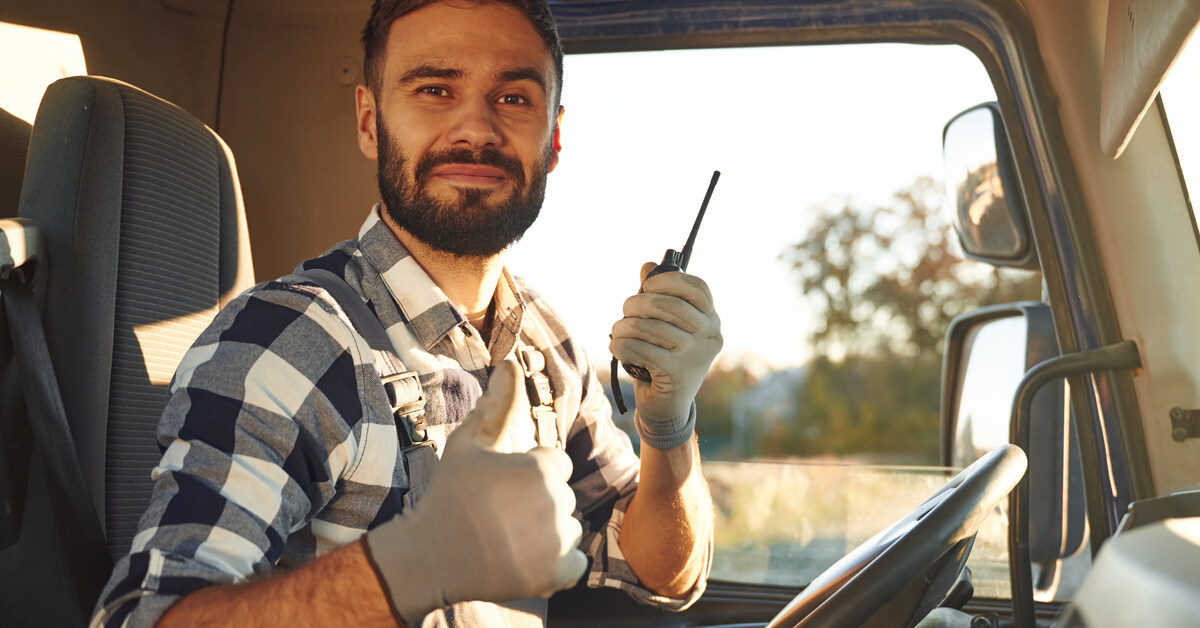
Troubleshooting Common Issues
Even with careful setup, you might occasionally face issues with your charging system. One common problem is a lack of power. If your charger isn’t delivering power, check the vehicle’s power source to make sure it is functioning correctly. Sometimes, an issue as simple as a blown fuse in the vehicle may be the culprit.
Overheating during charging is another frequent issue, often caused by a mismatch in voltage compatibility or a defective charger. Always verify that your charger meets the specifications of your radio and replace it if overheating persists.
Intermittent charging is a problem that usually stems from loose connections. Check all cables and secure them firmly to ensure reliable performance. Corroded or dirty charging ports can also lead to similar issues; cleaning them gently with a dry cloth or a small brush can often resolve the problem.
Elevating Your Charging Setup
Charging two-way radios in vehicles can be both convenient and efficient when done correctly. By understanding power requirements, choosing appropriate charging solutions, and following safe installation practices, you can keep your radios ready for whenever you need them. Proper maintenance and troubleshooting techniques ensure a long lifespan for your equipment, offering uninterrupted communication on the go.
To make sure your two-way radios offer reliable communication at all times, check out Battery Distributors’ wide range of high-quality radio batteries. We carry many different brands, including Motorola APX 8000 battery replacements, so you can easily find the right choice for your radio. Stay connected and work with confidence with extended batteries—browse our selection today!



